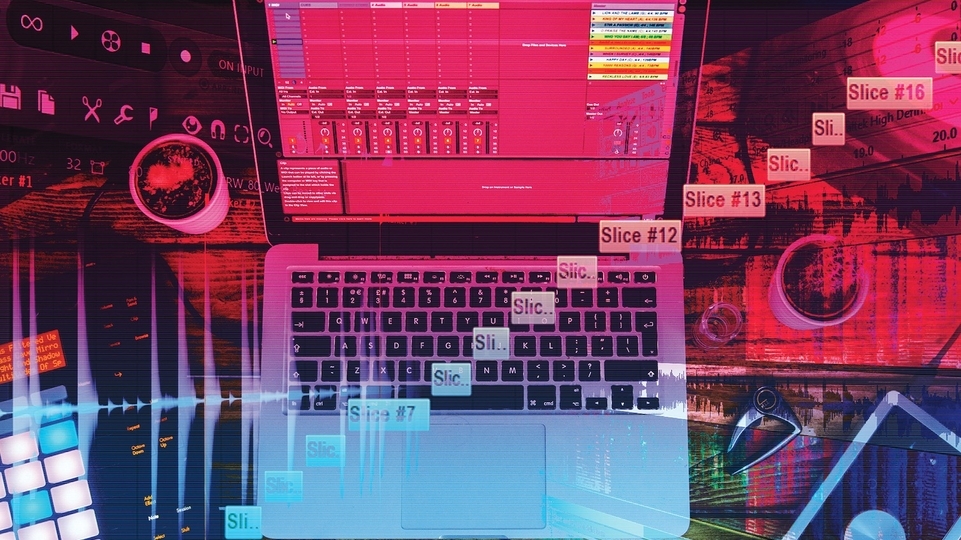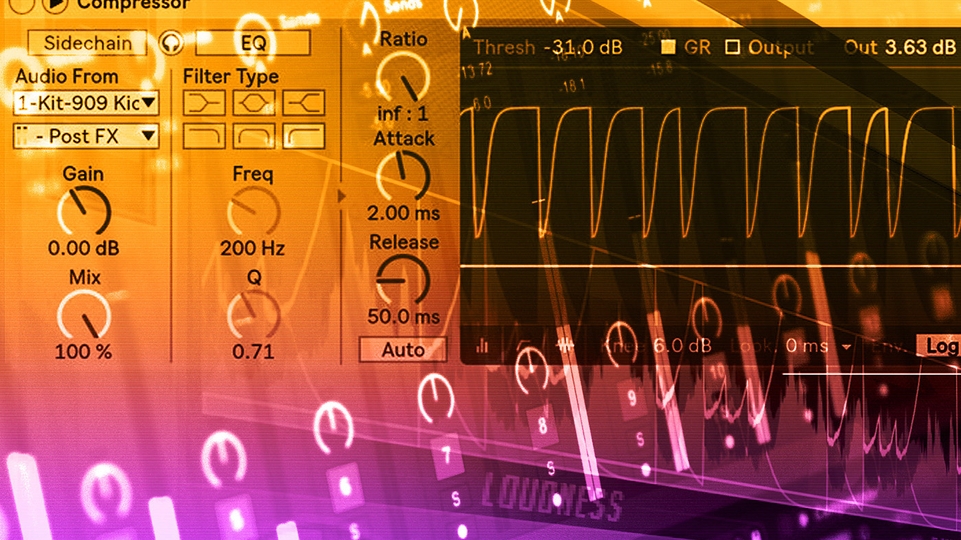
Beginner's Guide: Going from a loop to a finished track
In the latest edition of our new series exploring the basics of music production, E.M.M.A. looks at the age old problem of getting stuck in a loop
Regular followers of this column will know we have already covered a few key foundations of production, from EQ to compression, creating space with reverb and panning, and the freedom MIDI offers us. Developing mixing skills over time will play a key part in establishing your sound.
One thing not often mentioned is that getting started producing has the steepest learning curve of the whole process. Take a moment to sit back and appreciate everything you’ve taught yourself so far, and don’t start piling on the pressure as to why you’re not leaving lockdown with an album!
It’s quite common to struggle turning a loop into a finished track. But feeling overwhelmed when absorbing a load of new information is normal. Getting comfortable with making incomplete things along the way will get rid of a lot of avoidable frustration. Even the most seasoned producers struggle with finishing tunes every now and then.
Try making an edit of a tune
This is a good way to finish a track without starting from scratch. Making a club tool rather than something that will be listened to in its entirety can take the pressure off as it’s performing a different function. You could keep it to a relentless two-minutes-thirty and make it the musical equivalent of slapping someone in the face with a sock full of wet sand. Job done.
Arrangement
I’d be doing you a disservice if the first proper tip wasn’t to simply reference the arrangement of another tune you like. It’s not cheating, it’s just helping you put into practice the things you’ve absorbed by being a music lover. It’s particularly useful if you’re shoehorning yourself into a genre. DJs who are turning to producing will have more of a natural inclination for DJ mix-friendly structure, e.g. adding the hi-hat in early.
The dramatic arc
Start with a full eight- or 16-bar loop with your percussion, bass and melodies. The fun bit is stripping things out, working backwards, to shape the structure or musical journey of the final track. Some people refer to this as a ‘dramatic arc’, which works in the same way as a plot in a movie.
The intro, or ‘exposition’, sets the scene with a distilled version of your main idea. I like to establish the mood or atmosphere straight off the bat to draw people in. This is followed by ‘rising action’ (creating a build-up or tension). The ‘climax’ of the track is most crudely known as the ‘drop’ in EDM or dubstep, but there are many other iterations this could be, such as the introduction of the main melody, or a significant emotional shift. Once this has been established the arc moves on to ‘falling action’ where some of the tension set up in the initial phase is resolved. An outro is often underrated. Subtle changes here can make all the difference, even if you are choosing to fade it out.
Create with parameters in mind
Sometimes we just need to limit our tools and the time we are willing to spend on something, so give yourself a deadline, palette of sounds or made-up brief and stick with it. It doesn’t have to be your best work every time.
Most producers probably still couldn’t directly answer how they finish a tune. The important thing is to keep your inspiration going. If it’s gone, maybe it’s time to take a break, remember how you felt the last time you were inspired, and try to give yourself the space you need to create that feeling again.





